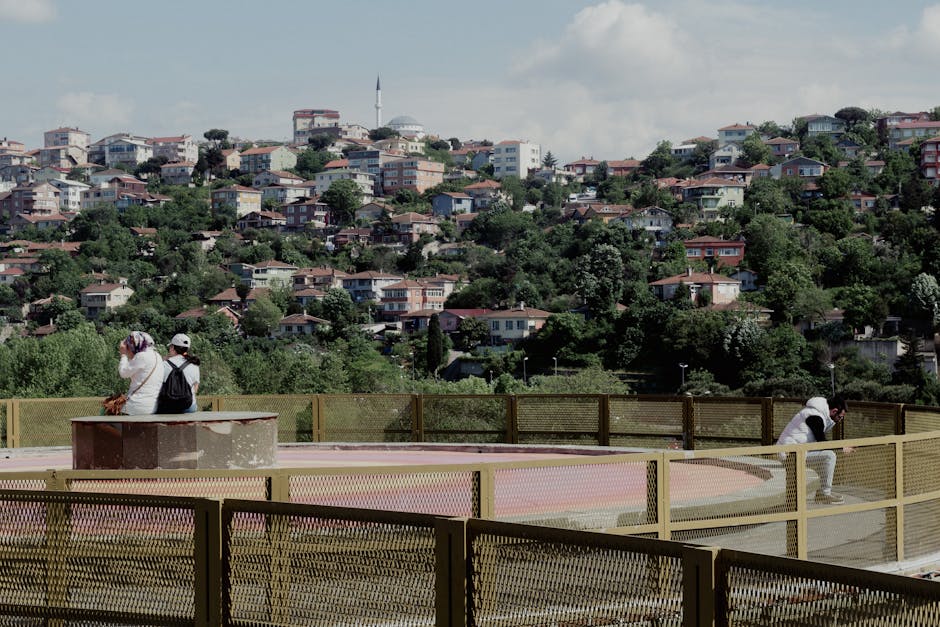Reveal the Beauty of Ruffled Mushrooms in Nature – 10 Clues
Reveal the Beauty of Ruffled Mushrooms in Nature – 10 Clues

Stepping into the enchanting realm of fungi reveals a breathtaking diversity of shapes, sizes, and textures. Among these fascinating organisms, ruffled mushrooms stand out with their delicate, frilly edges, captivating the eye and sparking curiosity. These intricate fungal wonders, often overlooked, hold a unique allure, adding a touch of elegance to the forest floor. From the vibrant hues of the chanterelle to the subtle browns of the oyster mushroom, their ruffled edges hint at the complex interplay of nature’s artistry. This exploration delves into the captivating world of ruffled mushrooms, offering ten clues to help you appreciate their delicate beauty and understand their significance within the ecosystem.
Identifying Ruffled Mushrooms: A Closer Look
Edge Characteristics: The Defining Feature
The most prominent characteristic of ruffled mushrooms is, of course, their ruffled edges. These edges can manifest in various forms, from delicate, wave-like ripples to more pronounced, frilly formations. The degree of ruffling can also vary significantly, with some species exhibiting subtle undulations while others boast dramatic, cascading folds. This characteristic often plays a vital role in identification, distinguishing them from their smooth-edged counterparts. The texture of the ruffled edge can also provide clues, ranging from smooth and velvety to slightly rough or even hairy.
Observing the edge carefully can reveal important details about the mushroom’s maturity and overall health. Younger specimens may have more tightly curled edges, which gradually unfurl as the mushroom matures. Damage or decay can also manifest as discoloration or irregularities along the ruffled edge. Therefore, paying close attention to this defining feature is crucial for accurate identification and assessment.
The ruffled edge is not merely an aesthetic feature; it serves a functional purpose as well. The increased surface area created by the ruffles may enhance spore dispersal, allowing the mushroom to reproduce more effectively. Additionally, the intricate folds can provide shelter for small insects and other invertebrates, contributing to the biodiversity of the forest floor.
Cap Shape and Color: Clues to Identity
Beyond the ruffled edges, the cap shape and color provide essential clues for identifying ruffled mushrooms. Caps can range from convex to flat or even funnel-shaped, each form offering a unique aesthetic. The color spectrum is equally diverse, spanning earthy browns and vibrant yellows to striking reds and purples. The color intensity can vary depending on the mushroom’s age, environmental conditions, and even the specific strain.
Examining the cap surface can reveal further details, such as the presence of scales, wrinkles, or a sticky coating. These features, combined with the overall cap shape and color, contribute to the mushroom’s unique identity. Careful observation of these characteristics is crucial for distinguishing between different species, some of which may be edible while others are toxic.
Understanding the relationship between cap shape, color, and environmental factors can offer insights into the mushroom’s ecological role. For instance, brightly colored mushrooms may serve as a warning signal to potential predators, while those with more subdued hues may blend seamlessly into their surroundings.
Gills, Pores, or Teeth: Spore Production
On the underside of the cap, you’ll find the structures responsible for spore production: gills, pores, or teeth. These structures vary significantly between different species and are crucial for identification. Gills are thin, blade-like structures radiating from the stem, while pores appear as tiny holes on the underside of the cap. Teeth, as the name suggests, are tooth-like projections. The color, spacing, and attachment of these structures to the stem are all important factors to consider.
The Ecological Role of Ruffled Mushrooms
Exploring Different Species of Ruffled Mushrooms
Conclusion
The world of ruffled mushrooms is a testament to nature’s intricate artistry and ecological complexity. From their delicate, frilly edges to their diverse cap shapes and colors, these fascinating fungi offer a glimpse into the hidden wonders of the forest floor. By understanding the key characteristics and ecological roles of ruffled mushrooms, we can deepen our appreciation for the biodiversity that surrounds us and the delicate balance that sustains life on Earth.
What are the key features of ruffled mushrooms?
The most distinctive feature is their frilly or wavy edges. Other important characteristics include cap shape, color, and the spore-producing structures underneath the cap (gills, pores, or teeth).
Are all ruffled mushrooms edible?
No, definitely not. While some ruffled mushrooms are edible, others can be toxic. Proper identification is crucial before consuming any wild mushroom.
Where can I find ruffled mushrooms?
Ruffled mushrooms can be found in various habitats, including forests, grasslands, and even urban environments. They often grow on decaying wood, leaf litter, or soil.
| Feature | Description |
|---|---|
| Edge | Ruffled or wavy |
| Cap | Varied shapes and colors |
- Point 1
- Point 2